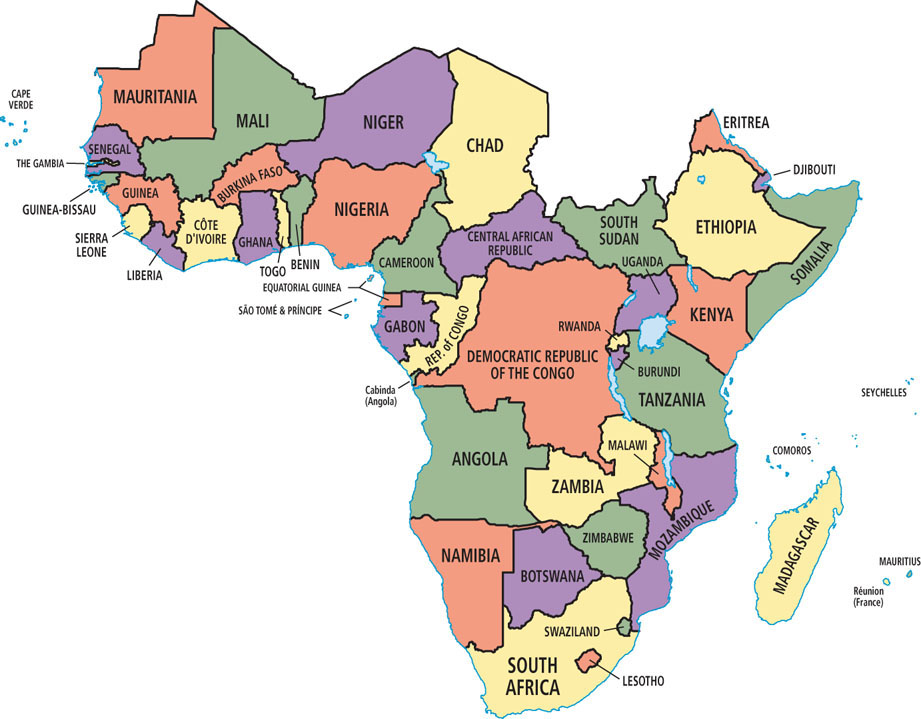7.2 The Geographic Setting
What Makes Sub-Saharan Africa a Region?
Sahel a band of arid grassland, where steppe and savanna grasses grow, that runs east-west along the southern edge of the Sahara
The Europeans noted what to them were exotic qualities: dark-skinned people, with unique and varied ways of life and cultures, who possessed valuable trade items, such as precious minerals, exotic plants and animals, and fine textiles. But, for centuries, Europeans discounted the sophistication and complexity of sub-Saharan Africa’s cultural and historical heritage of horticulture, weaving, mining, and metalwork. Everything south of the Sahara was lumped into “Black Africa,” and for some this term is still used to distinguish the region from Africa as a whole. Now the reality is that sub-Saharan Africa is coming into an era of growth.
Terms in This Chapter
In this chapter, only occasionally do we refer to the whole continent, and then we refer to it simply as Africa. Sub-Saharan Africa is made up of the 48 countries shown in Figure 7.4. Notice that while the new country of South Sudan is included in this region, for cultural and historical reasons, the country of Sudan is not because its location on the Nile River and the strong Arab influence in the capital of Khartoum have brought Sudan into closer association with North Africa and Southwest Asia. Sudan is instead discussed in Chapter 6.

The names of African countries can often be confusing. For example, there are two neighboring countries called Congo—the Democratic Republic of the Congo and the Republic of Congo. Because these designations are both lengthy and easily confused, we abbreviate them in this text. The Democratic Republic of the Congo (formerly Zaire) carries the name of its capital in parentheses: Congo (Kinshasa). The Republic of Congo is called Congo (Brazzaville). Check the regional map in Figure 7.1 to see the locations of these countries and capitals.